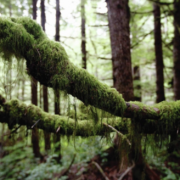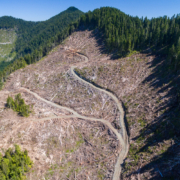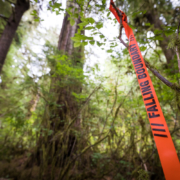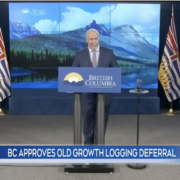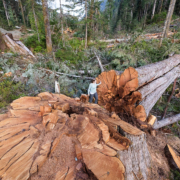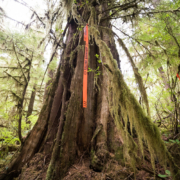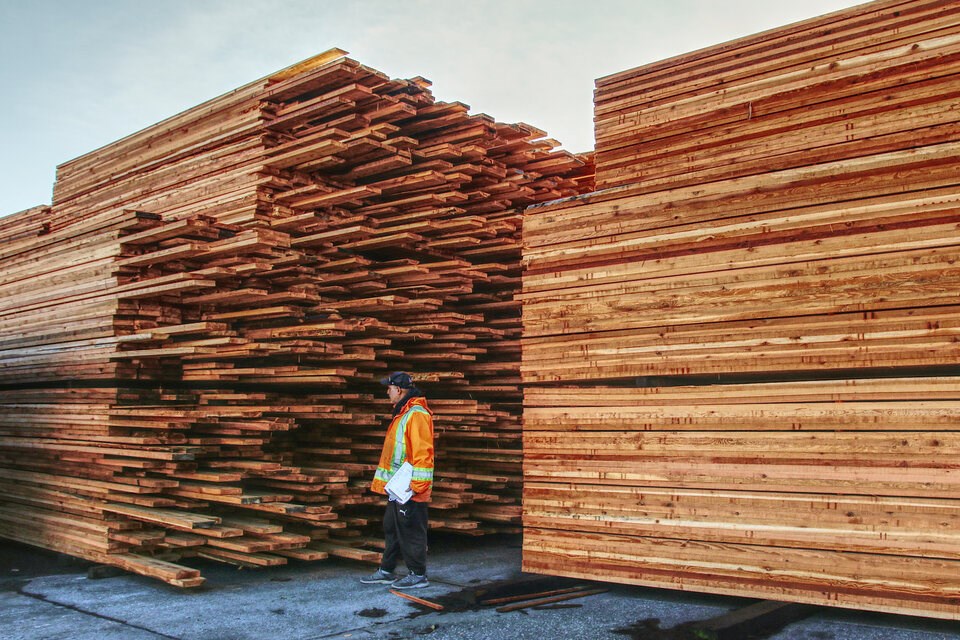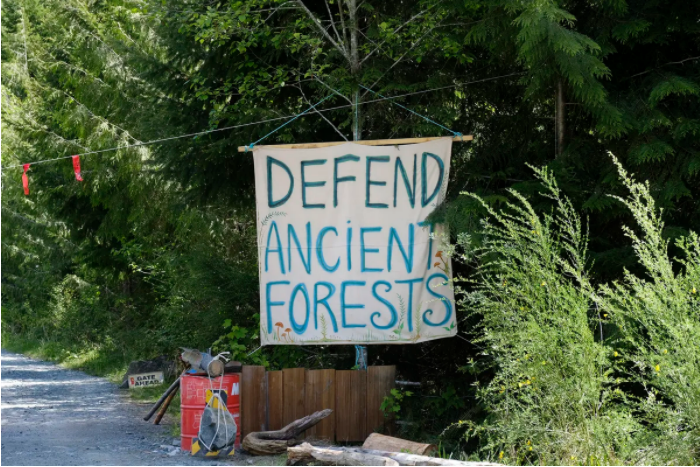 Sep 26 2021
Sep 26 2021Ottawa’s offer to help end battle over old-growth logging insufficient, BC says
The Globe and Mail
By Justine Hunter
British Columbia Premier John Horgan patted down his suit pockets, theatrically searching for a misplaced $50-million cheque. The performance was in response to a reporter’s question about Ottawa’s offer to help resolve the ongoing conflict over old-growth logging.
The money was a campaign commitment, and with the federal Liberals returned to office, the province could start figuring out how to spend it. Instead, the province has been dismissive of the proposed BC old-growth nature fund.
Jonathan Wilkinson, the federal Minister of Environment, floated the idea in August as a means to preserve ancient forests from logging. “BC’s iconic old-growth forests are increasingly under threat,” Mr. Wilkinson said at the time.
In an interview on Friday, he said his government is ready to write that cheque, as a bulwark against further loss of biodiversity in Canada. “A first step is to preserve those ecosystems that remain intact,” he said. “And in British Columbia, that includes those old-growth forests that are at threat from the logging industry.”
The BC government also has promised to protect old growth, and has conceded that poor management of its forests has contributed to the province’s dismal record of protecting species at risk. Mr. Horgan has accepted the recommendations of his 2020 old-growth strategic review, which call for legislation that would make the conservation of ecosystem health and biodiversity of British Columbia’s forests an overarching priority.
With that apparent common ground between the two levels of government, Mr. Horgan’s chief complaint could be a simple bargaining tactic.
The $50-million fund “would be a very small amount of money relative to the consequences to the forest industry, to communities and to workers,” Mr. Horgan told reporters on Thursday. “I’m hopeful that the federal government will recognize the importance of us working together on this and will up their game a little bit, so that we can have a real, meaningful discussion and get the conclusions that I know all British Columbians want to see – protection our special places, and continuing to have a foundational [forest] industry, not just now, but well into the future.”
He suggested Ottawa could “add a zero” to the proposed fund as a starting point.
It is an audacious counteroffer, considering the bind that Mr. Horgan’s government finds itself in. Since the RCMP moved to break up blockades that are disrupting logging in the Fairy Creek watershed last May, more than 1,000 people have been arrested. All of this protest against old-growth logging is being staged in the Premier’s riding.
Mr. Horgan’s government has tried to defuse the protests by giving the local First Nations communities, which have interests in the forest industry, a central role in deciding what can be logged and what should be protected. That’s made it awkward for protesters who don’t want to be seen undermining Indigenous rights, but it hasn’t stopped them.
The protesters have said they won’t end their blockades until the province’s ancient forests are protected, and not just in the Premier’s riding. The forest industry says three-quarters of the province’s old-growth forests are already protected, and a balance is needed that allows them access to some old-growth timber. Bridging the gap between those two positions will be costly.
Andrea Inness, forests campaigner for the Ancient Forest Alliance, says Mr. Horgan’s estimates are in the ballpark: Permanent protection of old-growth forests in BC would add up to $500-milllion or more. That’s to buy back tenure from forestry companies, but also to support economic diversification, particularly for Indigenous communities.
But Ms. Inness wonders if the province really wants to make the shift. “They are dragging their heels on the implementation of the old-growth strategic review panel’s recommendations, falling behind on their own implementation timeline, and have failed to commit any funding to expanding protected areas or supporting urgently needed economic transitions.”
Mr. Horgan says there is no “instant gratification” to be had on this file. Two years after commissioning the old-growth review, the province now has set up a technical panel to define just what an old-growth tree is, exactly. “We want to ensure that we’re talking about the same types of trees, large trees, ancient trees, rare trees,” the Premier explained. But he said that work is due to be completed in the weeks ahead.
Mr. Wilkinson says he is ready to dig up more money in Ottawa and help the province find a path out of the Fairy Creek conflict, but BC needs to move beyond temporary deferrals and look at permanent solutions.
British Columbia also needs to up its game.
The original article is only available to subscribers of The Globe and Mail.

